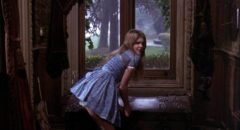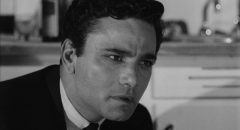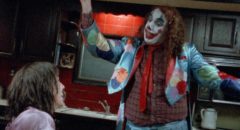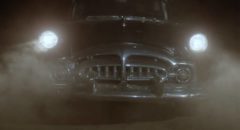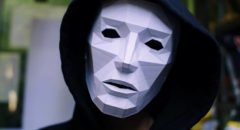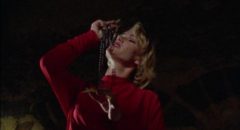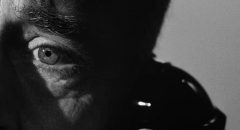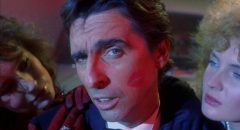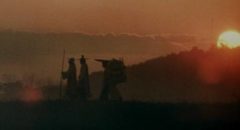
New restorations of movies from early and late in the career of King Hu reconfirm his influential position in Chinese cinema as a master of martial arts and swordplay films: action and poetry blend seamlessly in Come Drink With Me (1966), The Fate of Lee Khan (1973) and Raining in the Mountain (1979).
